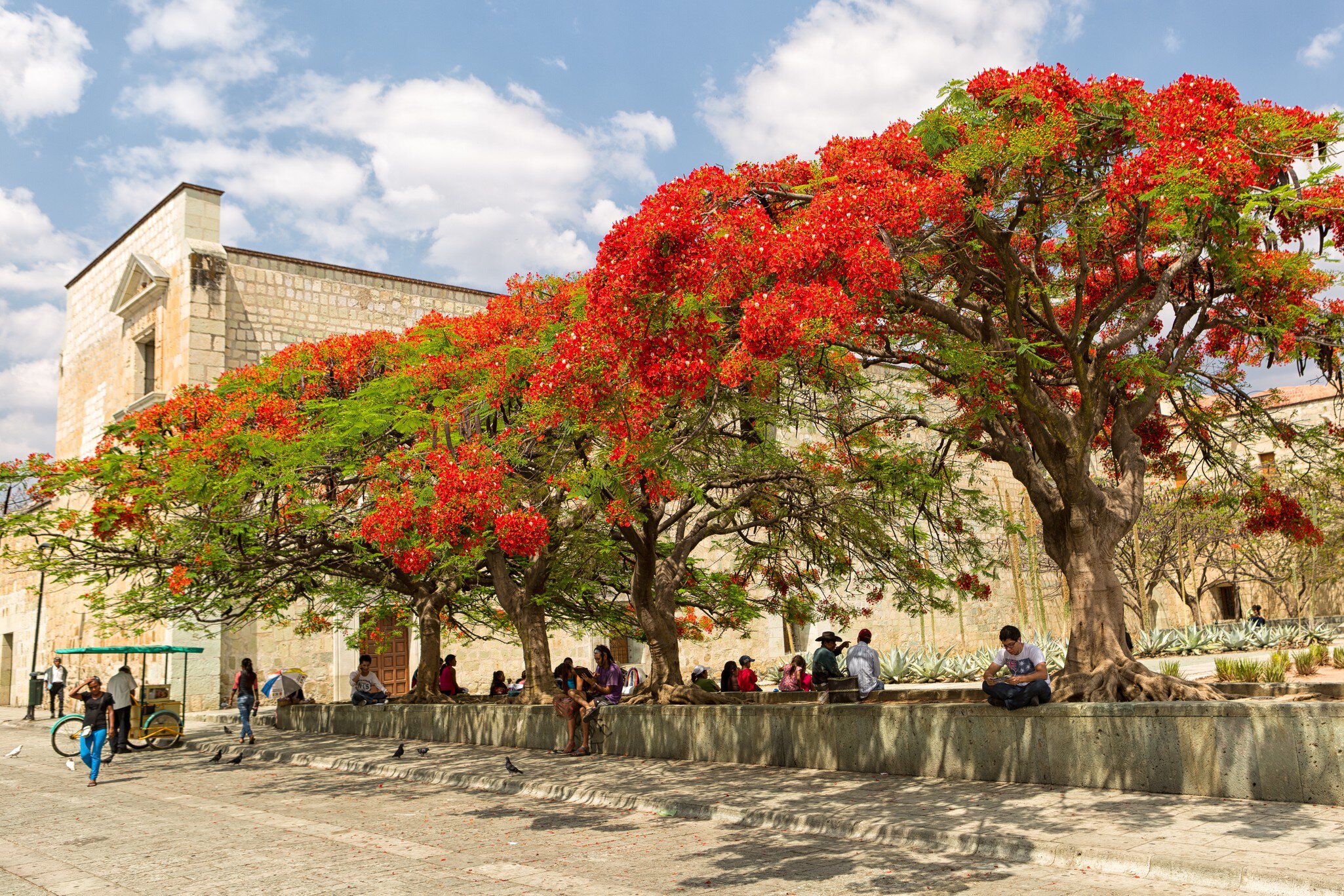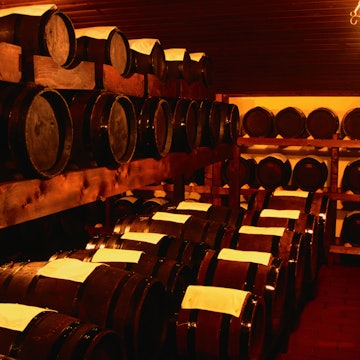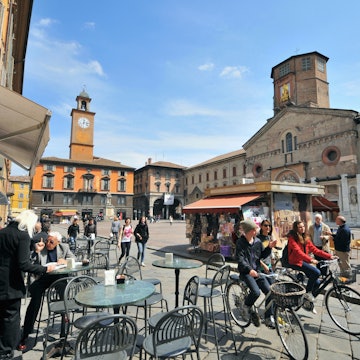
Overview
Sweeping north from the Apennines to the fertile Po valley, Emilia-Romagna boasts some of Italy’s most hospitable people, some of its most productive land, some of its fastest vehicles (Ferrari, Ducati, Maserati and Lamborghini call Emilia-Romagna home) and most soul-satisfying food. Since antiquity, the verdant Po lowlands have sown enough agricultural riches to feed a nation and finance an unending production line of lavish products: luxury cars, regal palazzi (mansions), Romanesque churches, prosperous towns and a gigantic operatic legacy (Verdi and Pavarotti, no less).
Lonely Planet's Recommended eSIM
Stay connected in Emilia-Romagna
Saily is an affordable eSIM service that helps you stay connected and secure, anywhere in the world.
Must-see attractions
Planning Tools
Expert guidance to help you plan your trip
Best Places to Visit
Discover 12 destinations to enjoy in the offseason, one for every month of the year—fewer crowds, better value and more authentic travel.
Read full article
Get a book. Get inspired. Get exploring.
in partnership with getyourguide
























